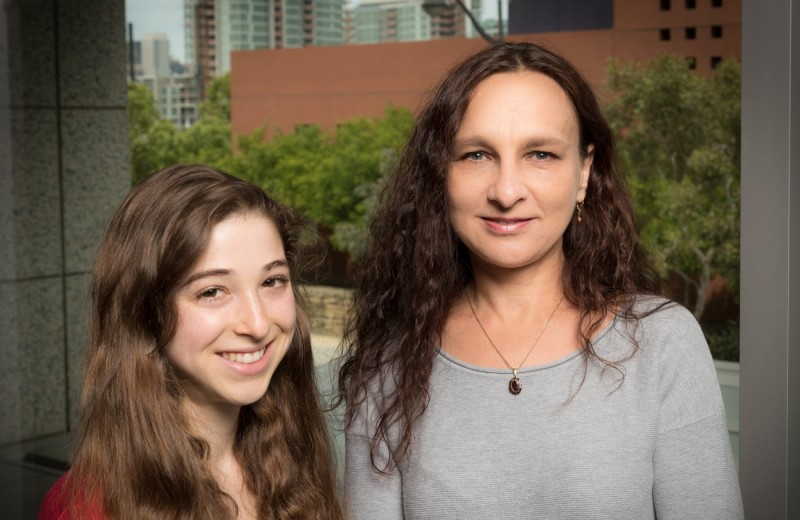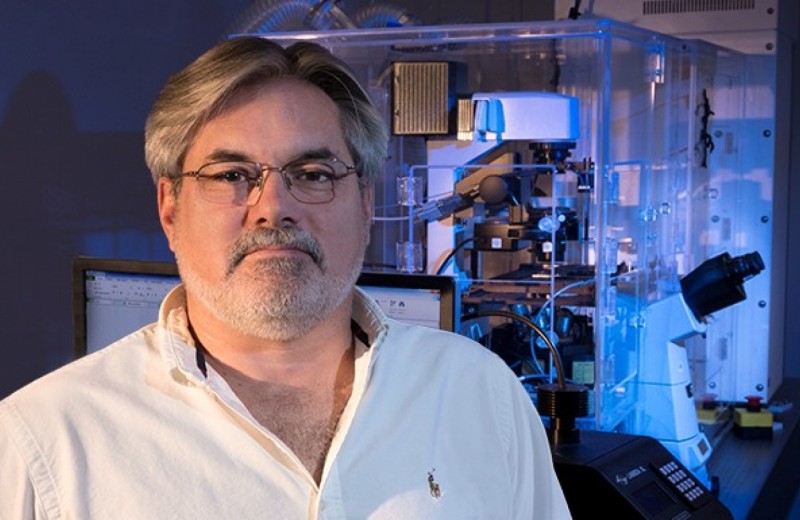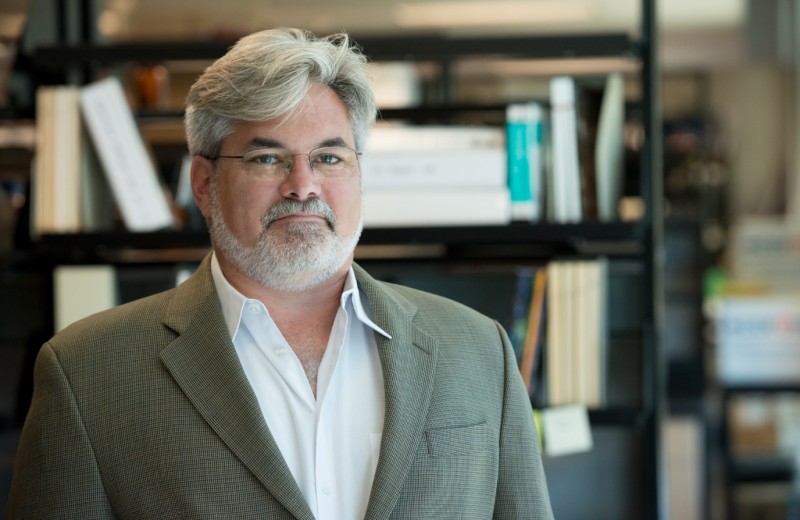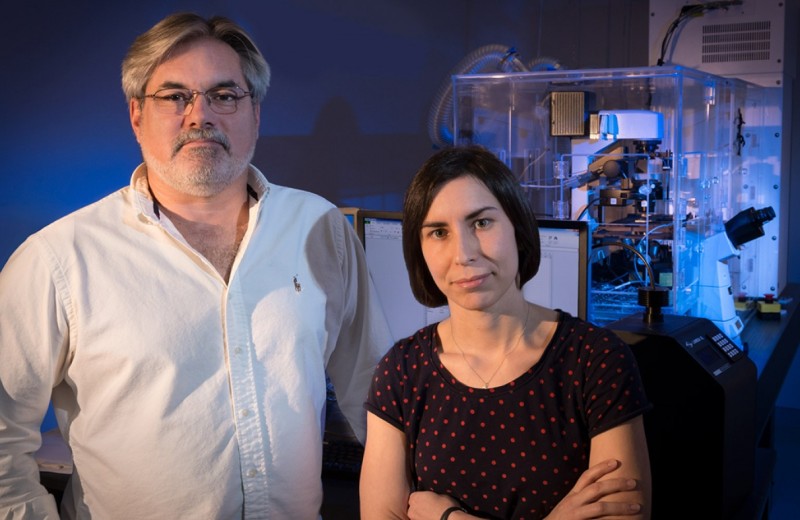Gladstone Welcomes Recipient of Donald A. King Summer Research Fellowship
Gladstone Welcomes Recipient of Donald A. King Summer Research Fellowship
Brianna Bibel, an undergraduate student at St. Mary’s College of California, has joined the lab of Dr. Steve Finkbeiner for the summer after receiving a 2015 Donald A. King Summer Research Fellowship from the Huntington’s Disease Society of America (HDSA).
Huntington’s Disease Finkbeiner Lab





